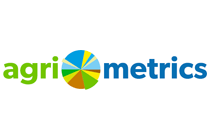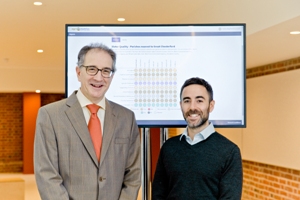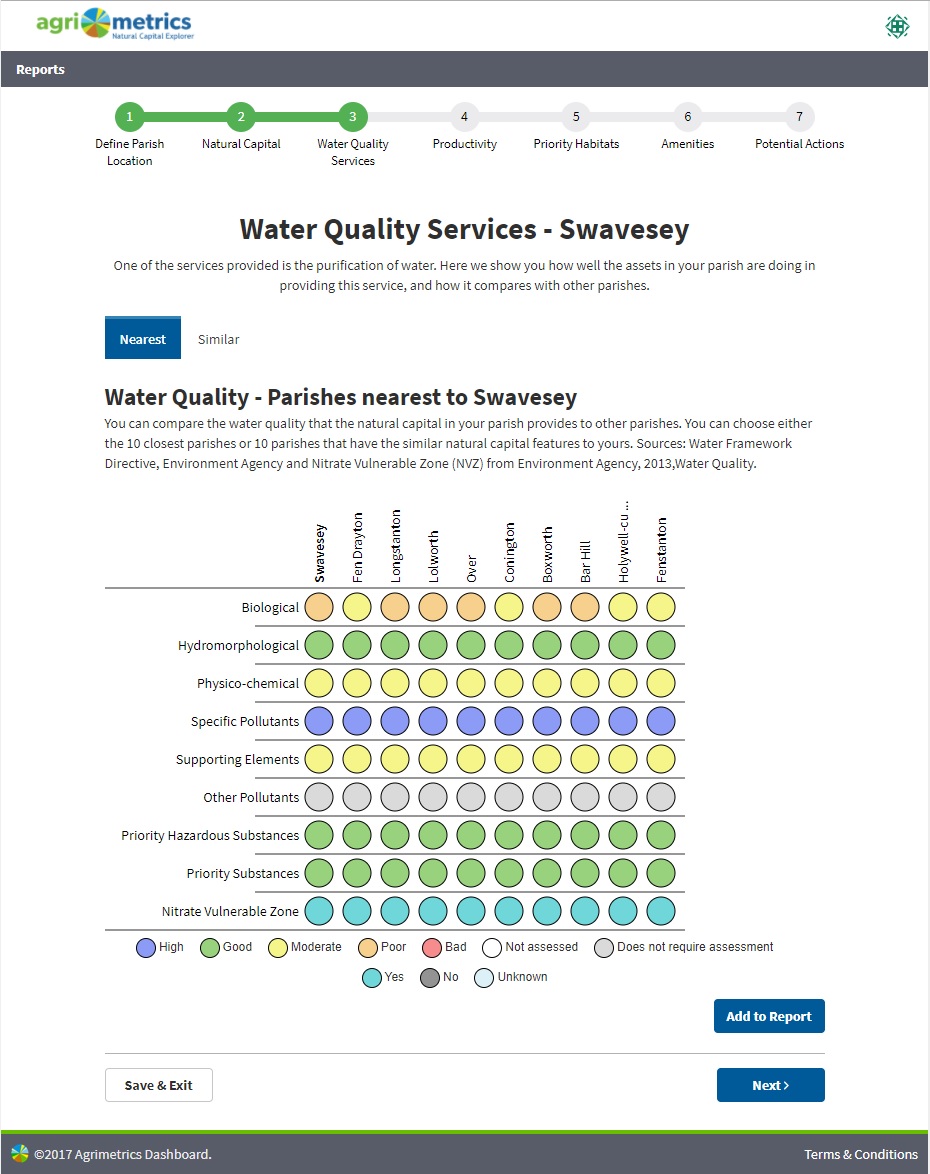Agrimetrics creates new Developer Portal to tackle big questions in agriculture

How do you value land use? How can you benchmark crop performance? How do you measure sustainability? These are big questions in agriculture. To help technology developers create the tools to support industry answering these questions, Agrimetrics has created a new Developer Portalwhich will allow programmers access to national agri-food data, ordered in a consistent format so that multiple sources of information can be brought together in new ways.
Simon Davis, head of Partnerships for Agrimetrics, the big data centre of excellence, explains: “The UK has a rich legacy of data, not just about soil, weather and crop performance but also about ecosystem services provided by natural capital – for example environmental assessments and water catchment studies. Until now the value of this data has been limited as it is kept isolated in silos.
Agrimetrics has developed a platform that can integrate these various datasets from multiple sources, making it available to developers to ‘plug and play’. This will allow agri-food data to be analysed in ways not possible before, and new solutions developed.”
The falling cost of sensors and imaging technology is making it easier for farmers to collect information about their own crops and growing conditions, but this data really becomes useful if it is combined to enable better benchmarking of performance against others. The new insights generated can also be used to enhance decision-making on productivity and sustainable best practice.
The Agrimetrics platform supports this type of analysis by linking national and international datasets from different public and private sources to a specific reference point, for example a location, field or a parish.

L-R David Flanders, CEO of Agrimetrics and Simon Davis, head of Partnerships for Agrimetrics
The new Developer Portal provides tools so that programmers can easily incorporate a wealth of relevant data into their own applications. This could be a dashboard that allows non-specialists to easily compare different scenarios or a handheld device that supports decision-making in the field.
Two examples of how this can be achieved are:
The Natural Capital Explorer is a dashboard developed with data from Defra and the Developer Portal. It brings together various indicators of the national ecosystem and applies them at parish level. This enables the ecosystem services and the impact on the environment provided by, for example, woodland, fens, and cover crops to be assessed objectively at a local level. The information is displayed graphically so that different parishes can be compared and implications of a change in land-use can be explored more effectively.
Davis explains that the dashboard has many applications, from mapping information across value-chains, to displaying data from different government sources to make integrated decisions about land use and environmental management.
Another application is Agrimetrics Data Combine, a web-based tool that provides support to decision making on crop varietal choice. The application provides benchmark information to users on the performance of alternative varieties in similar environmental conditions. It is based on data provided by farmers in exchange for the benchmark. By crowd-sourcing data, and combining it with data held in the portal, Agrimetrics is creating a comprehensive record on varietal performance in real-world conditions.
Agrimetrics was established as part of the Government’s Agri-Tech Strategy to add value to public data sets and provide the tools for its exploitation. The platform brings together data and makes it available in a consistent format so that it is ready to be analysed and used.

Comment on this article below or via Twitter @IoTGN
